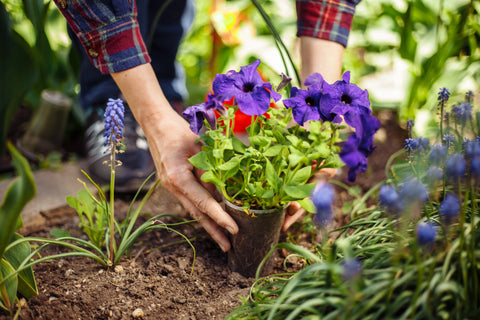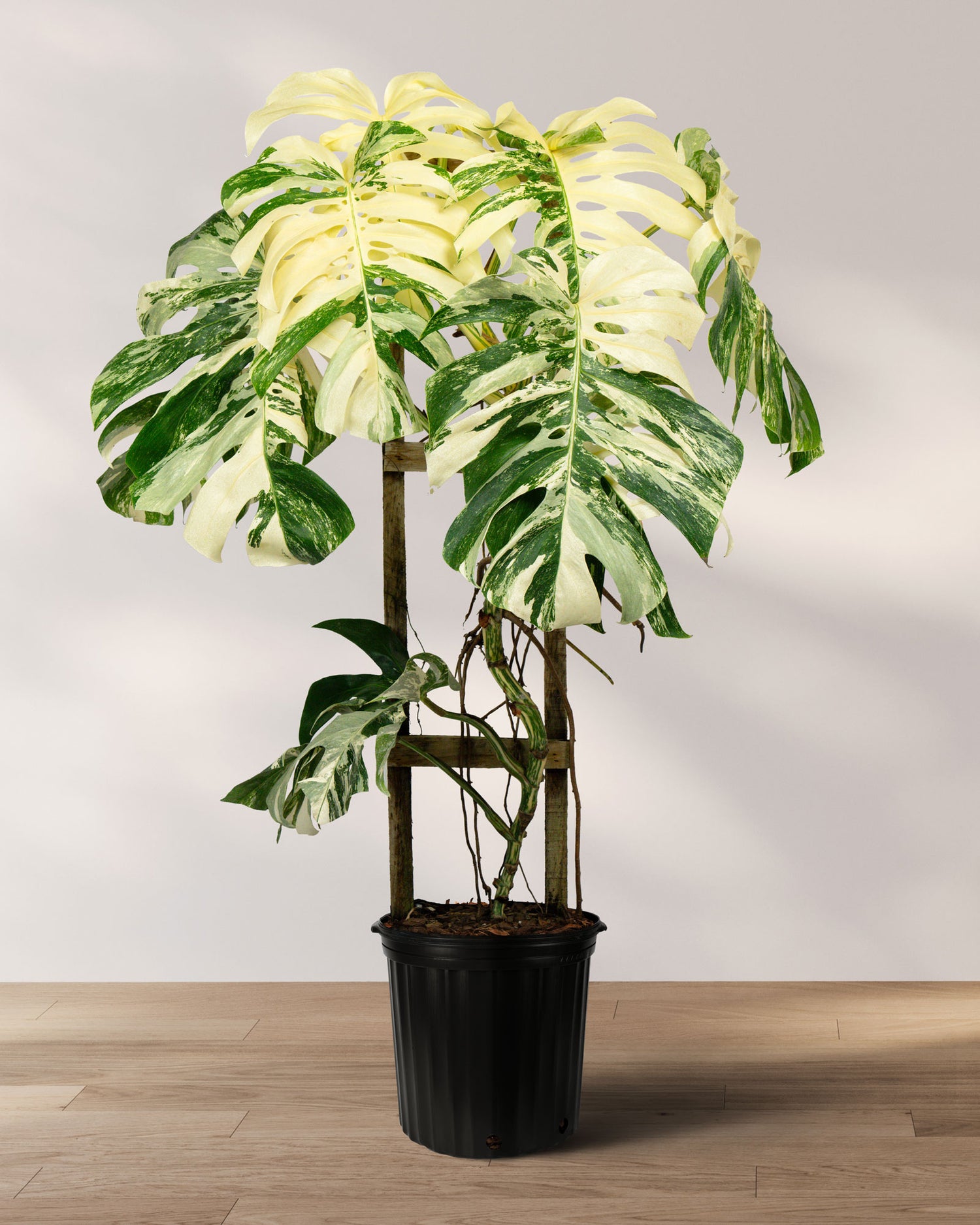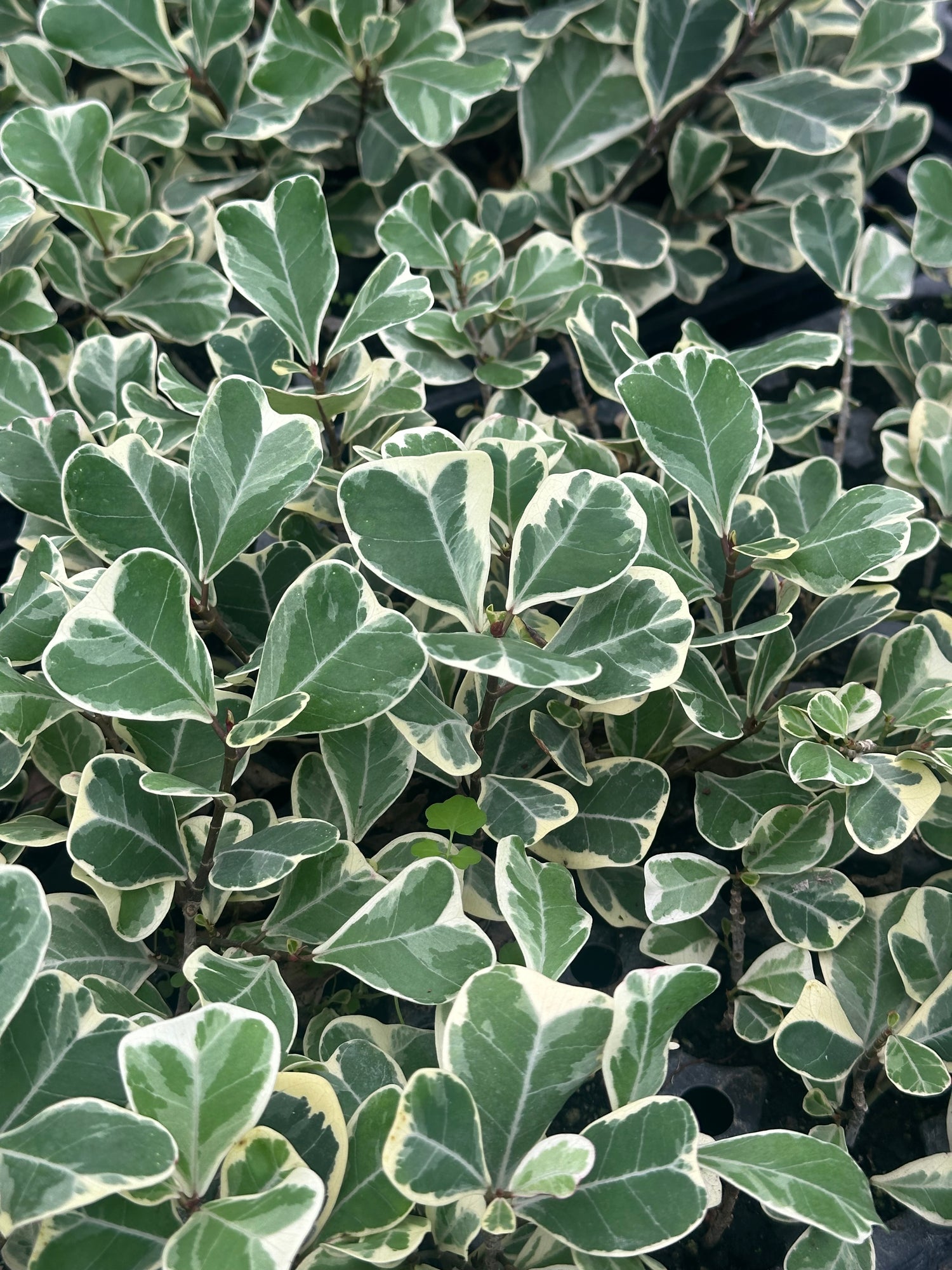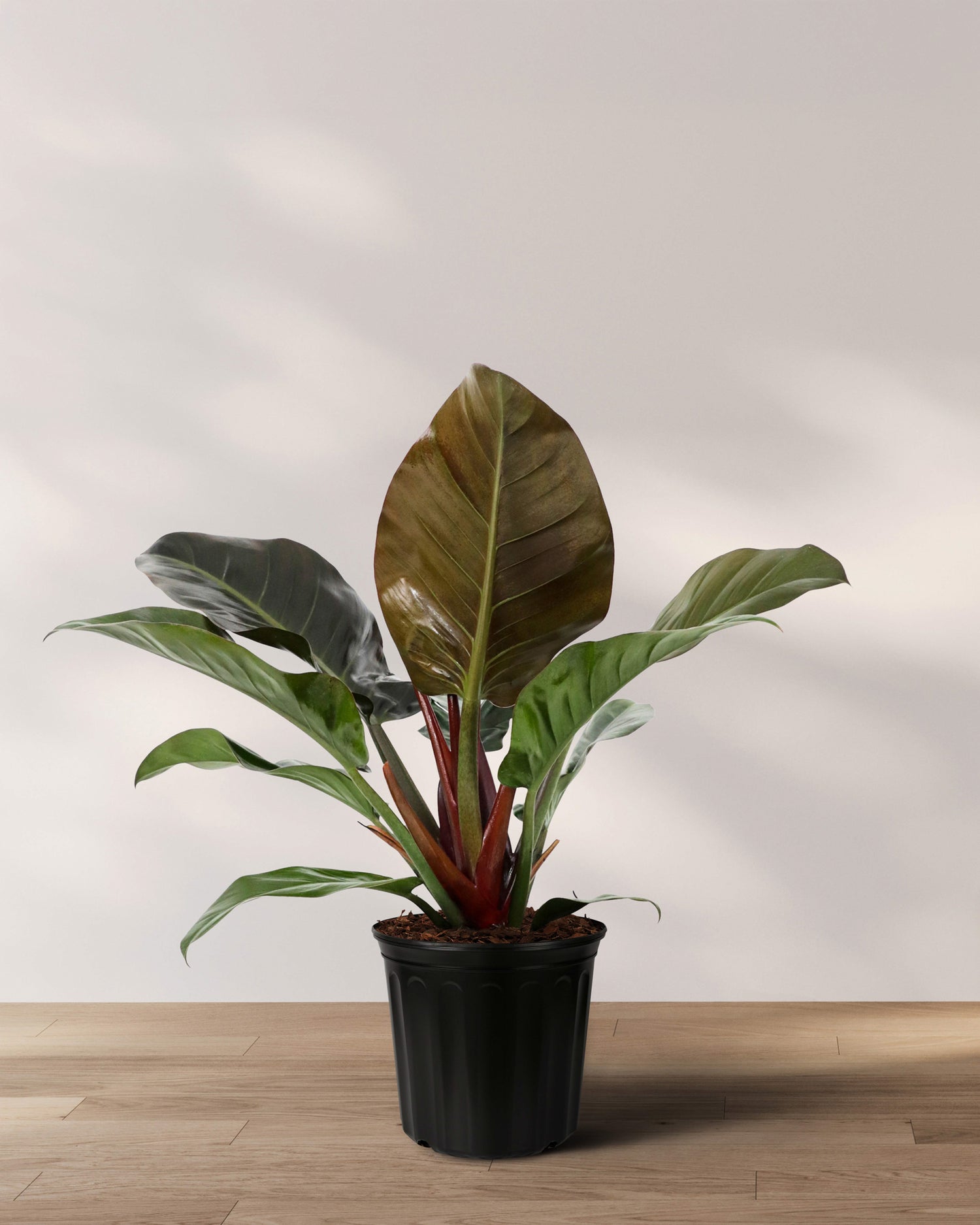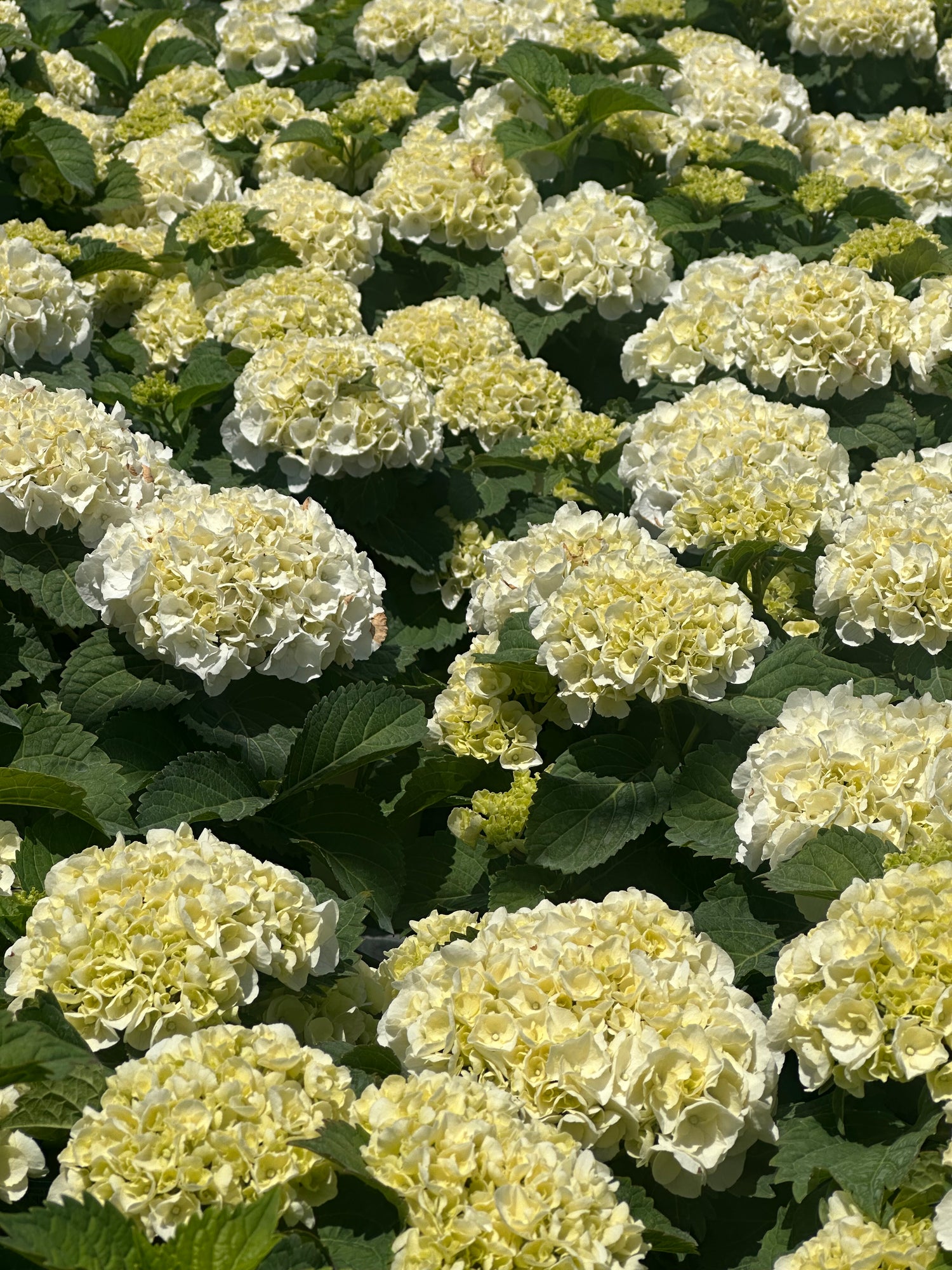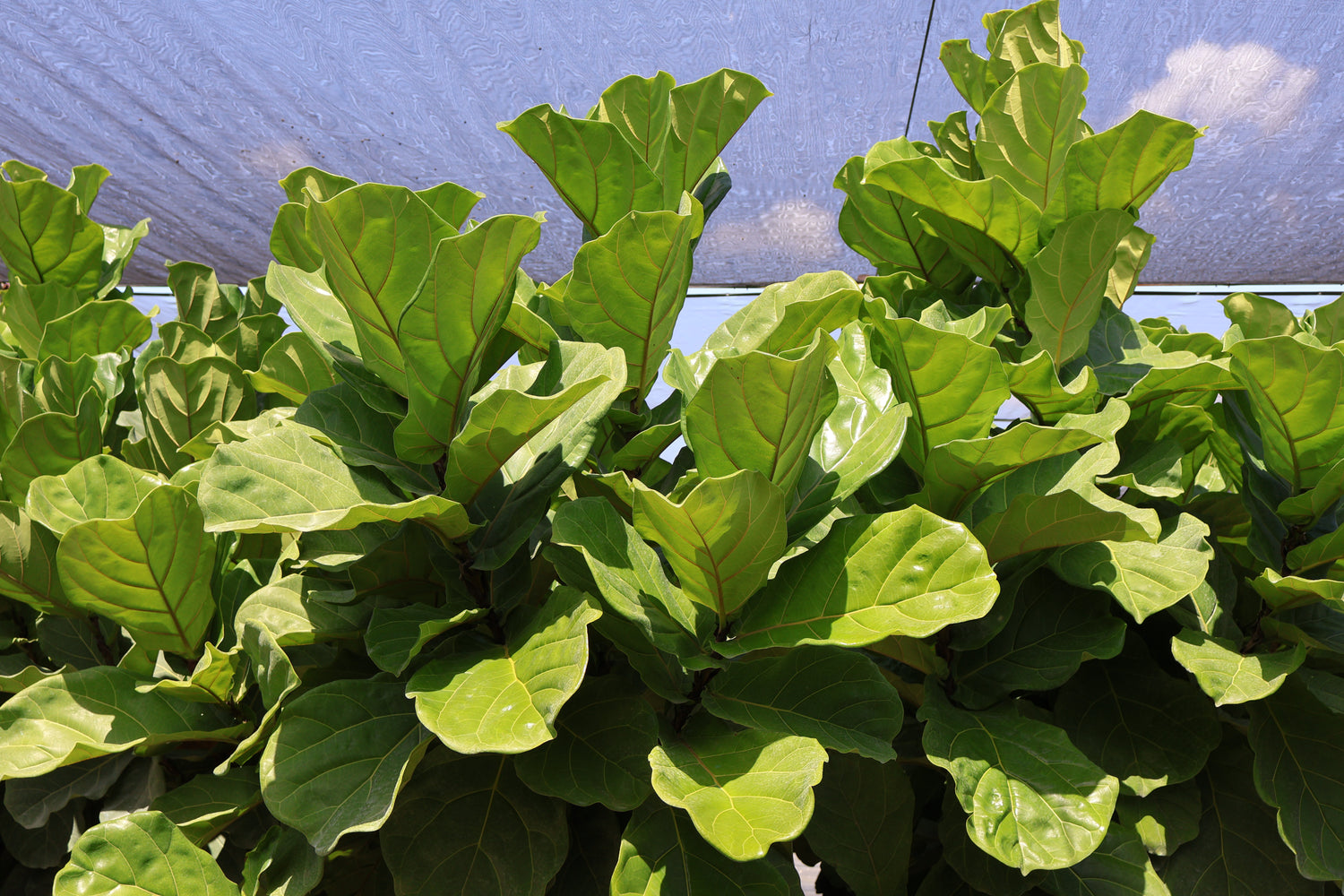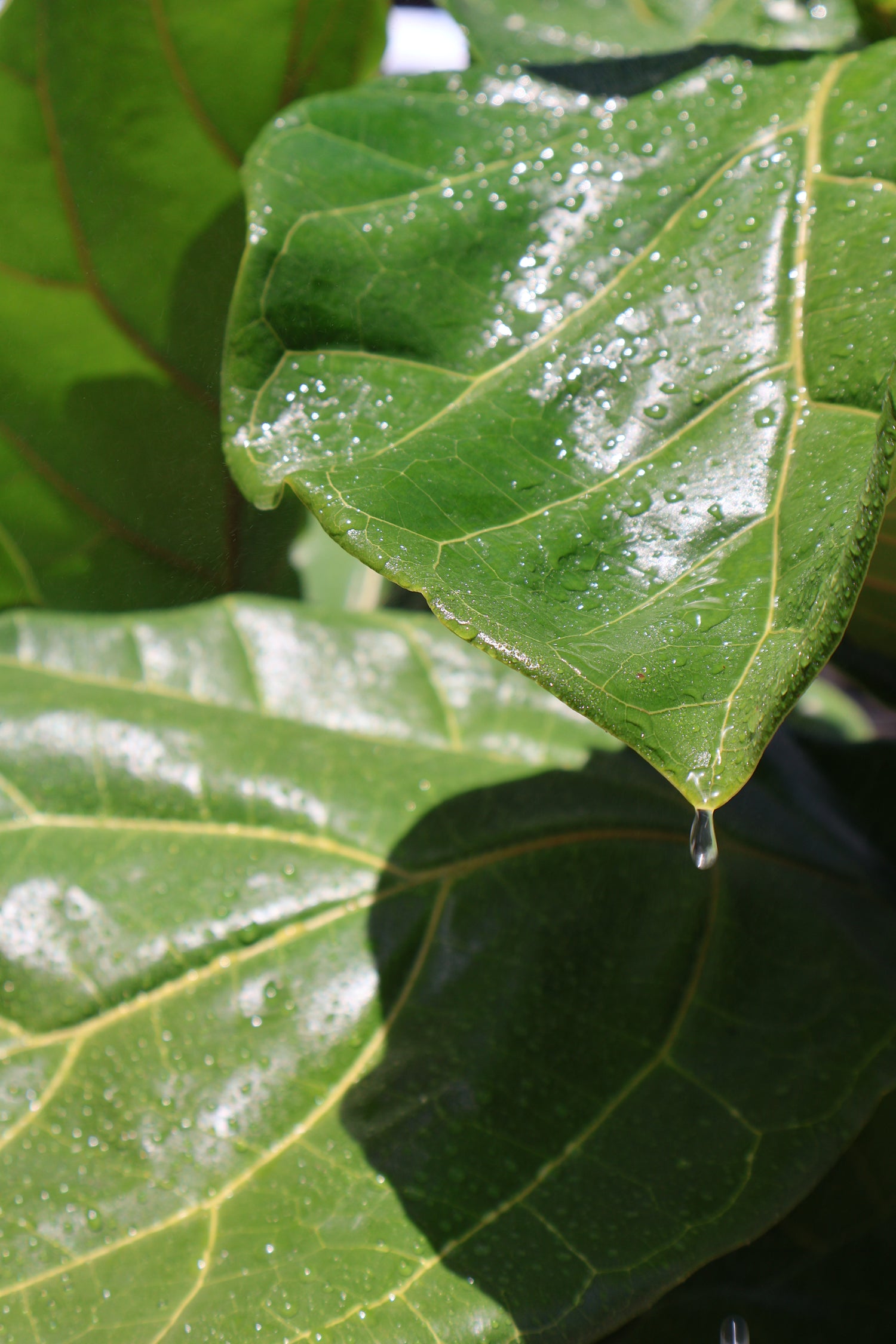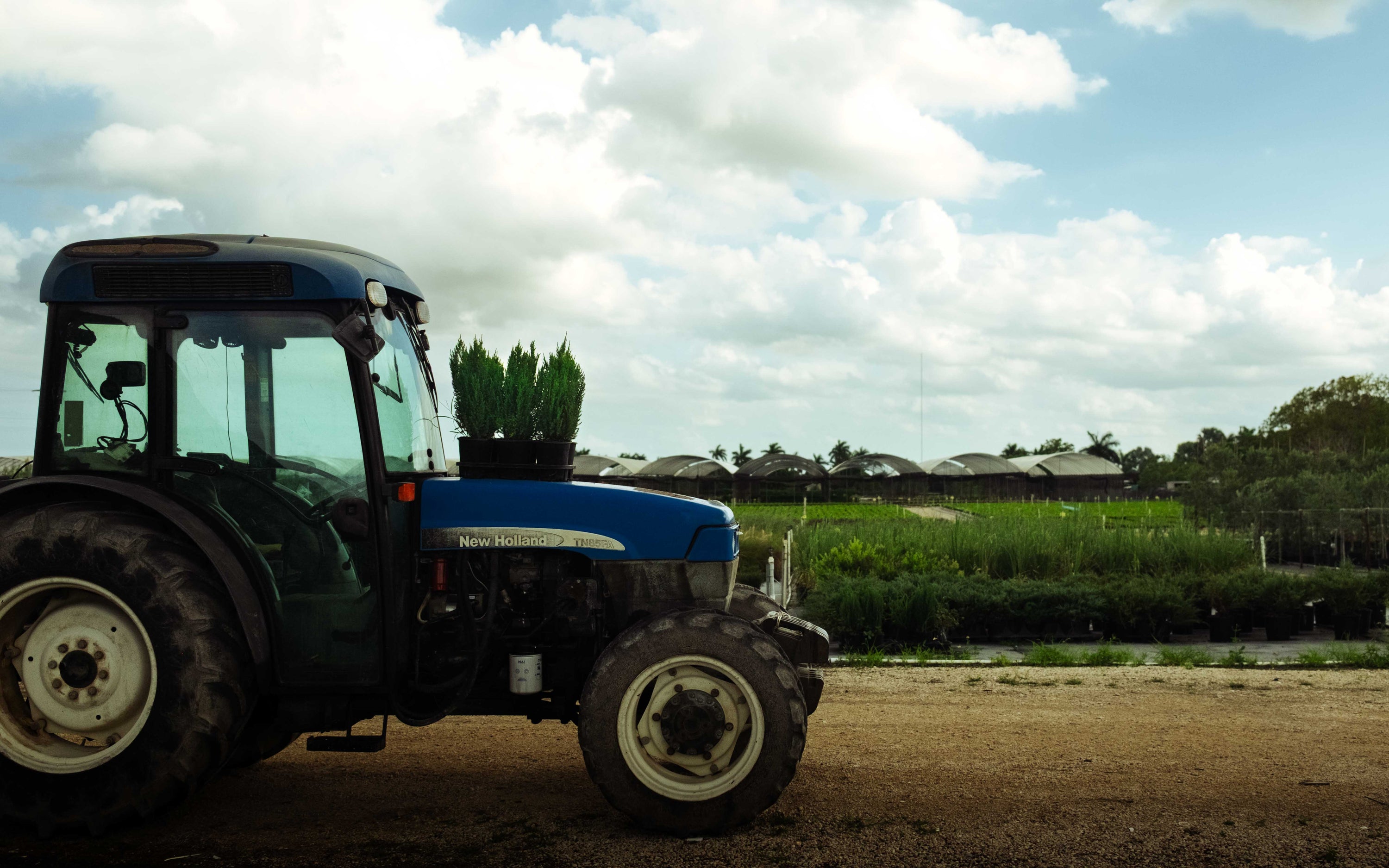There is nothing like introducing a slice of nature inside to feel rejuvenated. Plants not only purify air but also enliven the atmosphere of your home. If you have some pots scattered about, dare to rise above! A mini indoor garden will neatly group plants and form a terrific centerpiece.
You will learn how to organize a mini indoor garden starting today. This guide covers plant selection, step-by-step processes, and ideas for placement.


